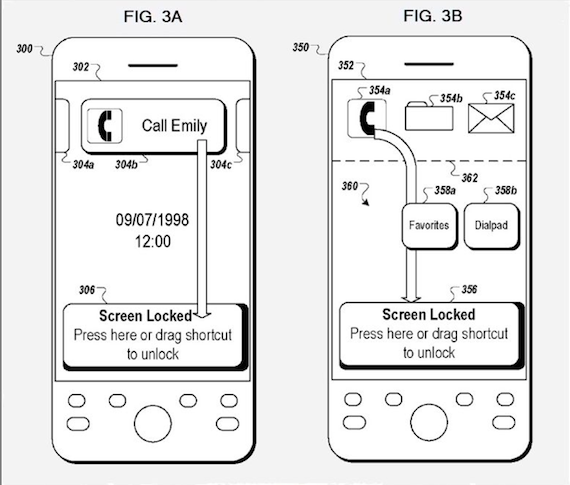As a final
blog and as a snapshot into the mobile patent environment that we have covered
this semester, I decided to look at what companies own the most significant amount
of mobile patents. In 2012, Samsung received the most Mobile Patents meaning
that now it leads the rankings on a global scale; it now holds the most mobile
patents of any company worldwide, according to the mobile analyst Chetan Sharma.
(The study covered more than 7 million mobile patents awarded in the U.S.)
Interestingly,
you can view the state of the leading player’s patent portfolios below:
This is not
just an impressive statistic however, it is a clearly strategic move on behalf
of Samsung’s top management in order to form a legal defence against Apple and
other mobile companies and their legal attacks. At the same time, the greater
amount of patents acquired, means that Samsung will be able to form more robust
legal assaults if necessary over the next few years.
The study
also outlined that the mobile technology arena is specifically on the rise,
which I am sure comes as no shock to the students in our course. Furthermore, in
the U.S, mobile patents account for around 25% of the total patents granted.
This is extremely impressive when this figure is compared to 5% in 2001. Right
now, Europe has less of a reliance on mobile patents with only 10% of the whole
patent pool being mobile related.
Evidently, mobile patents are a vast and growing part of the
economy that cannot be ignored.








